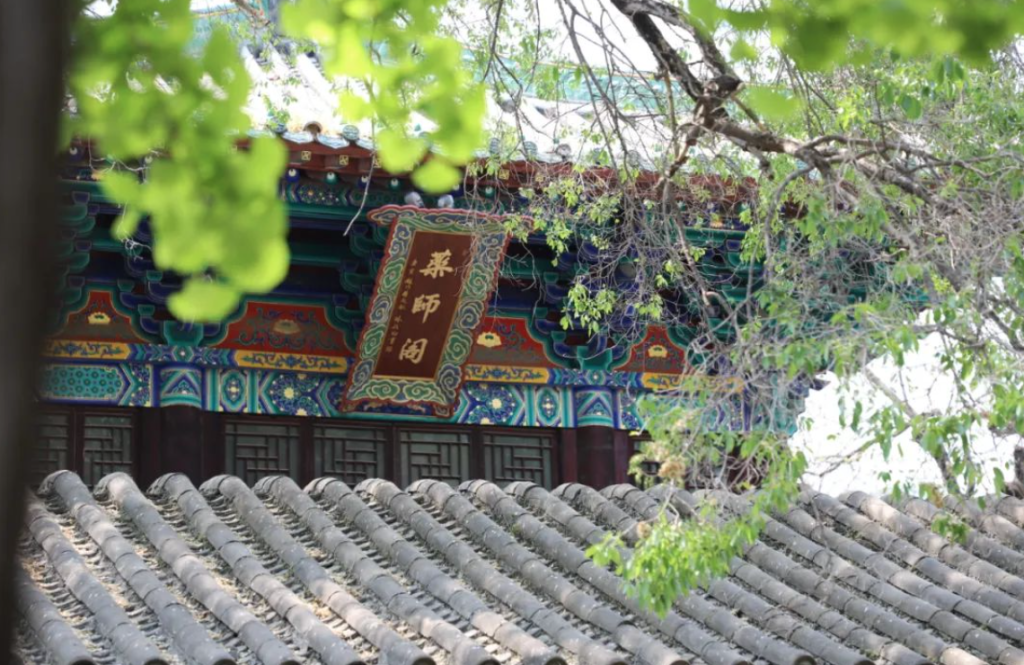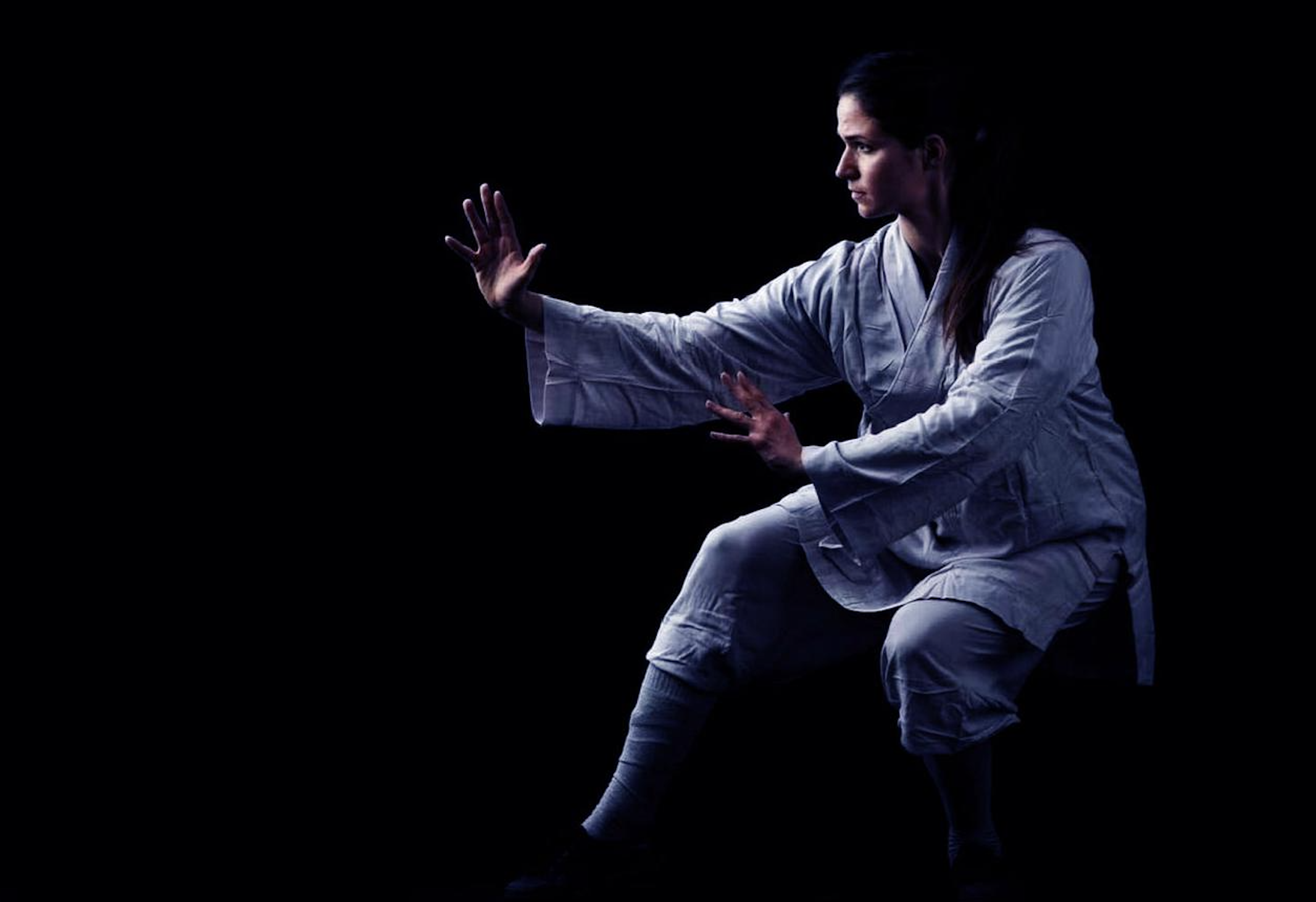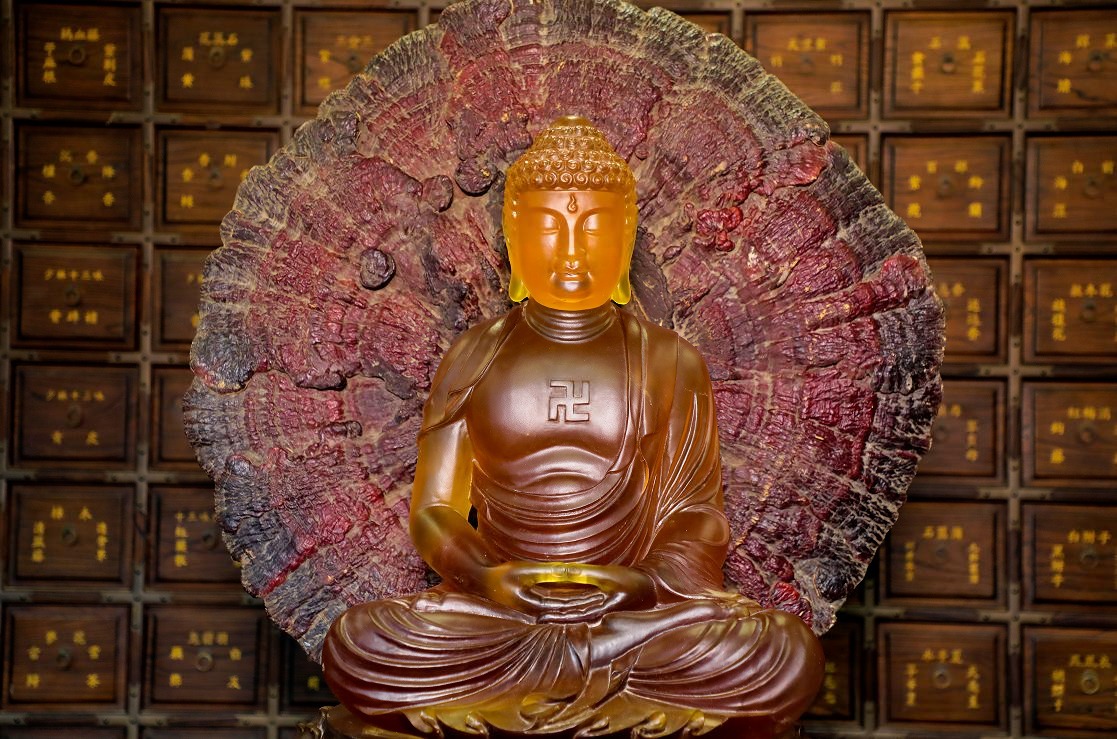
The Architectural and Sculptural Art of Shaolin Temple
The study of Shaolin Temple’s ancient architectural complex (such as the Pagoda Forest and the Mahavira Hall) reveals how its spatial layout and religious symbolism embody the essence of “art serving faith.”
Drawing from discussions on “sacred art,” this analysis explores the solemn yet dynamic beauty of Shaolin Temple’s Buddhist sculptures.
Sacred Space and Symbolism
The architectural design of Shaolin Temple follows traditional Buddhist cosmology, where every structure serves a spiritual purpose. The Pagoda Forest (塔林), a collection of stupas built over centuries, represents the impermanence of life and the eternal nature of Dharma. Each stupa honors a departed monk, symbolizing their spiritual attainment and the continuity of Zen practice.
The Mahavira Hall (大雄宝殿), the central hall of worship, embodies the concept of ”Mandala”—a sacred geometric representation of the universe. Its symmetrical layout reflects Buddhist ideals of harmony and balance, while the elevated platform signifies the transcendence of worldly suffering.
The Art of Sacred Sculpture
Shaolin Temple’s Buddhist statues exemplify the fusion of solemnity (庄严) and dynamic energy (灵动). The Vairocana Buddha statue, with its meditative posture and serene expression, conveys deep wisdom and compassion. Meanwhile, the Kinnara King (紧那罗王) sculptures, guardians of Dharma, are depicted with fierce expressions, embodying the protective power of Buddhist teachings.
These sculptures adhere to the ”Thirty-Two Marks of a Great Man” (三十二相), traditional Buddhist iconography that defines the physical perfection of a Buddha. Yet, Shaolin artisans infused them with lifelike vitality, ensuring they inspire devotion rather than mere aesthetic admiration.
Art as a Path to Enlightenment
In Shaolin tradition, sacred art is not merely decorative—it is a meditative tool. The intricate carvings of lotus flowers (symbolizing purity) and Dharma wheels (representing the teachings of Buddha) guide practitioners toward mindfulness. Even the Shan Men (山门, Mountain Gate) bears inscriptions of Zen sayings, reminding visitors that entering Shaolin is both a physical and spiritual journey.
Conclusion
Shaolin Temple’s architecture and sculpture demonstrate how sacred art transcends aesthetics to become a living expression of faith. Every structure and statue serves as a silent teacher, guiding devotees toward inner peace and enlightenment.
Amitabha.



